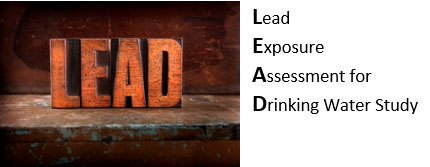Here’s a few suggestions for how to reduce your exposures to lead in water:
- Our first advice to you would be to invest in a water filter. Filters that are certified to remove lead are available for as low as $16. Choose a model certified for lead removal by NSF International. The NSF lists ratings on three types: reverse osmosis, filter systems and distillation. It warns that many popular pitcher-type filters don’t meet today’s standards for lead reduction, although they may filter other contaminants. Other sites you can go to review filters include the California Environmental Protection Agency or Water Quality Association. We’ve attached a list of a few filters certified to remove lead but this list does not contain every available filter.
- Another alternative is to purchase distilled bottled water for drinking or cooking. But this may be more costly in the long term. It is also important to remember that not all bottled water companies are transparent about their water testing practices or results. You can research your brand at NSF International.
- If you can confirm that you have lead service line, you may also try contacting the New Orleans Sewerage and Water Board to replace the line. While they are responsible for their side of the line (from street to curb or meter), you are responsible to pay for your side of the line, and replacements can be rather costly. Partial replacements have also been known to increase the levels of lead in water for as long as 6 months. The contact at S&WB for this is: Chad Lavoie, Laboratory Supervisor, S&WB, clavoie@swbno.org. It’s important to be aware though, that lead service lines are not the only source of lead in water. Brass faucet fixtures, galvanized pipes and lead solder within the home can also leach lead.
- It’s always a good idea to regularly wash out your water aerator filter every 2 weeks (filter at end of faucet). This filter can collect lead particles which can leach lead into the water.
- Stick to cold water only for cooking or drinking as cold water is recognized in general to have less lead than hot water.
- Collect water at low flow to minimize scouring of particles from the plumbing.
- You may also consider requesting that your doctor test lead blood level in any children or pregnant women in your family. Many experts suggest that parents get their child’s lead tested as early as 6 months, but most definitely at 1 and 2 years, and possibly more, depending on the age of your home and other risk factors.
- If you’d like to test your water, be sure to choose a state-certified lab, such as those listed on the EPA’s web site.
- Caution: Flushing can help, but it is not advisable to rely on flushing only, given the highly erratic and unpredictable behavior of lead particle release from aging lines.

